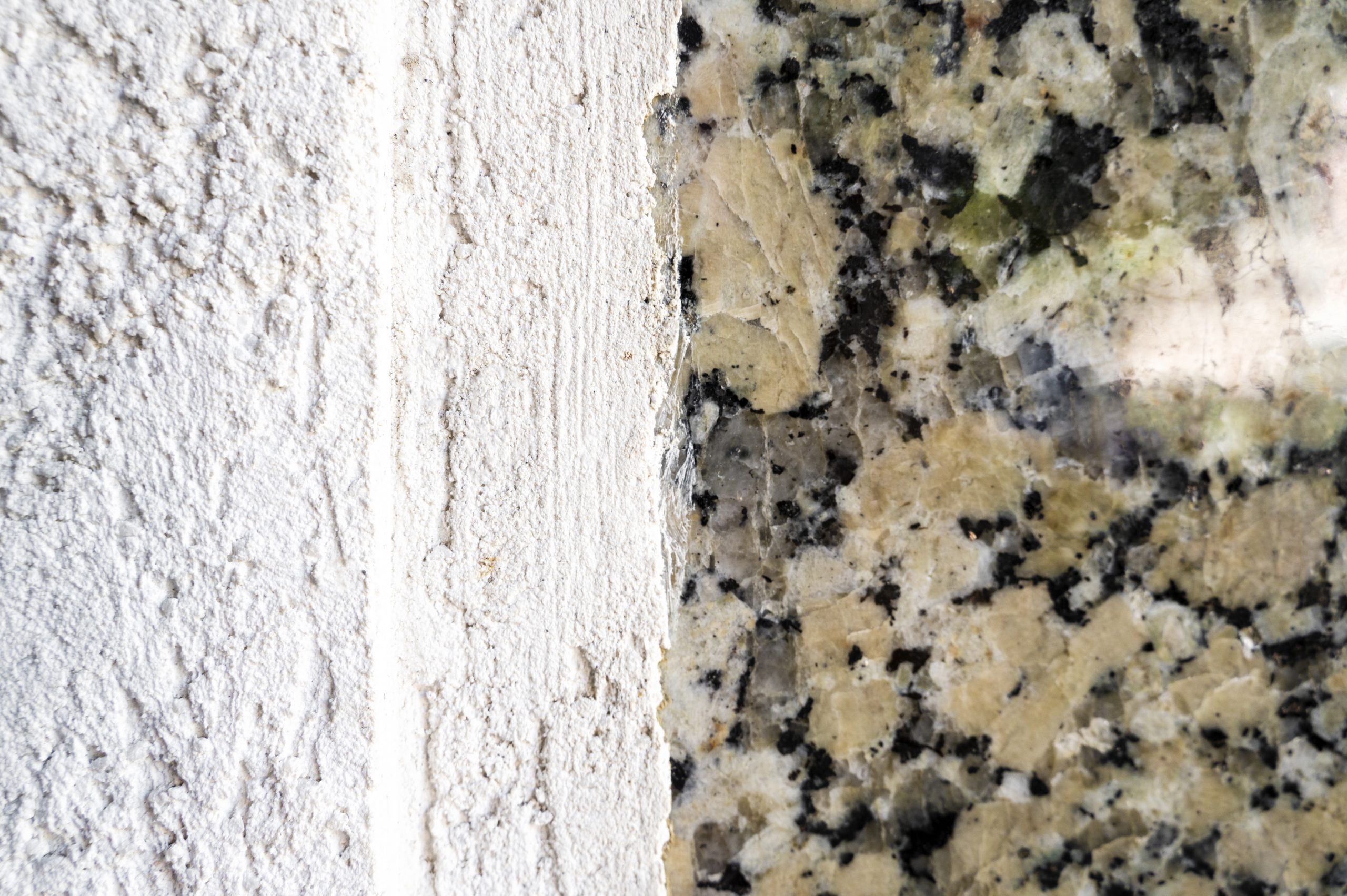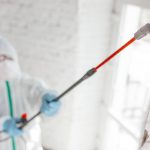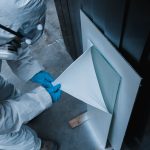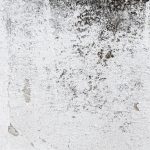
Mold can grow unnoticed in many homes, especially in humid regions like Naples, Fort Myers, and Cape Coral. Identifying mold early is crucial to preventing structural damage and health issues. Here are some key signs to look for:
1. Visible Mold Growth
- Mold can appear in various colors like black, green, white, or gray. It may show up as spots or patches on walls, ceilings, or floors. In areas prone to moisture like bathrooms or basements, mold growth is often visible on grout, drywall, or wood. Mold may also grow behind wallpaper, beneath flooring, or in hidden areas like behind appliances or in attic spaces. Check for discoloration or fuzzy growth, as these can be clear indicators of mold.
2. Musty Odors
- A persistent musty or earthy smell is often a sign of hidden mold. Mold produces volatile organic compounds (VOCs) that release a distinct, damp odor. Even if you can’t see the mold, a strong smell—especially in areas like basements, bathrooms, or laundry rooms—can indicate mold growth. If you notice an odor that doesn’t go away with regular cleaning, it’s time to investigate further.
3. Water Damage or Stains
- Mold thrives in damp conditions, so any sign of water damage is a potential breeding ground for mold. Check for peeling paint, discoloration on walls or ceilings, water stains, or warped surfaces. These areas are particularly vulnerable to mold growth, especially in humid environments like Southwest Florida.
4. Allergy-Like Symptoms
- Mold can cause respiratory problems or allergic reactions, including coughing, sneezing, runny nose, itchy eyes, and skin irritation. If you notice worsening symptoms when you’re at home, it could be due to mold exposure. People with asthma or compromised immune systems may experience more severe reactions.
5. Condensation and Humidity
- High humidity levels inside your home, especially in areas like Naples and Fort Myers, can contribute to mold growth. Look for condensation on windows, walls, or pipes. In bathrooms and kitchens, mold often forms where condensation frequently occurs. Using a dehumidifier in high-humidity areas can help control mold growth.
6. Rust or Corrosion
- Rust or corrosion on metal pipes, appliances, or other fixtures can indicate excessive moisture in the home, which encourages mold growth. Regularly check these areas for moisture-related issues and clean any mold that begins to form.
7. Mold in Hidden Areas
- Mold often hides behind walls, under carpets, or in crawl spaces and attics. If you suspect hidden mold, especially after a flood or leak, consider hiring a professional for mold testing or an infrared thermal inspection to detect moisture.
Professional Mold Inspection and Removal in Southwest Florida
If you suspect mold in your home, it’s essential to act quickly. At QCI Online, we provide professional mold testing, removal, and remediation services in Naples, Fort Myers, Cape Coral, Bonita Springs, and Estero. We use advanced technology like infrared thermal imaging to identify hidden mold and ensure thorough removal.
To schedule an inspection or learn more about our services, visit our website at QCI Online or call us today. Our team is committed to helping you maintain a safe, mold-free home!






